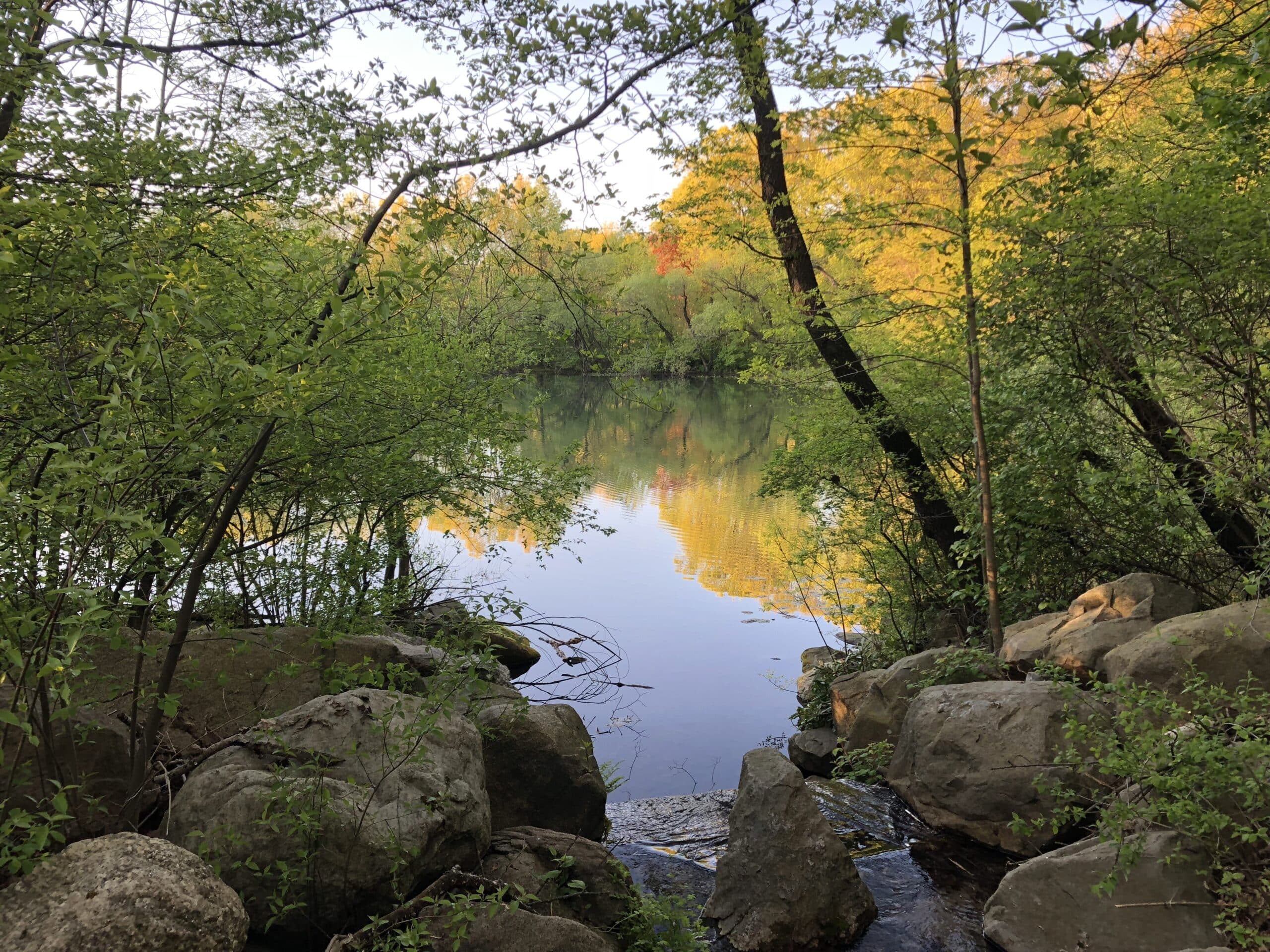Stormwater Management: Nature Steps Up Where City Infrastructure Falls Short
By Natural Areas Conservancy on July 28, 2025

By Natural Areas Conservancy on July 28, 2025

 By Jeffrey Clark, Senior Manager of Applied Research
By Jeffrey Clark, Senior Manager of Applied ResearchAlthough many people only think of stormwater when the city streets and subways begin to flood, even light rainfall can have major impacts on New York City’s stormwater infrastructure. Surprisingly, the sewer system and stormwater drains that dot the city streets are not the main stormwater management in New York City. Another significant source of stormwater capture often goes unnoticed, quietly protecting our neighborhoods every time it rains. Nearly 12% of New York City consists of natural areas such as forest, wetlands, and grasslands, and these areas not only make our cities more beautiful but also play an important role in absorbing stormwater, reducing and slowing the total amount of water entering New York’s aging combined sewer-overflow system.
Our new report “Reducing Runoff: The Role of Urban Natural Areas in Stormwater Management,” outlines how natural areas are critical for stormwater capture. We offer compelling data and calls to action for city residents and policymakers to advocate for urban natural areas as a green infrastructure stormwater solution. Read on for a few key takeaways from the report.
Every year, cities like New York receive billions of gallons of rainfall. With so many paved streets and buildings, much of this water has nowhere to go. The result? Overflowing sewers, flooded basements, and polluted waterways. Traditional “gray” infrastructure, such as storm drains and sewers, can only handle so much and when these systems are overburdened, the result is often flooding or untreated sewer water entering rivers, wetlands, and the ocean.
Urban natural areas absorb far more stormwater per acre than even built green infrastructure like lawns or green roofs. In New York City alone, natural areas capture about 17% of all urban stormwater, providing an estimated $760 million per year in savings by reducing the need for artificial treatment systems.
Forests with healthy trees and understories perform even better, absorbing up to 10% more stormwater than degraded ones. Unfortunately, the management of these natural systems are often overlooked in city budgets and planning processes. While many cities invest in new rain gardens and permeable pavements, the care and restoration of existing forests and wetlands often gets left behind. Without active management (e.g., removing invasive plants, planting native species, and preventing soil erosion), these areas degrade, and their ability to manage stormwater declines dramatically.
Supporting urban nature is about both conservation and resilience. As climate change brings more intense storms and heavier rainfall, cities must adapt. That means treating our natural areas not just as scenery, but as green infrastructure worth protecting.
Explore the full report for more detailed insight on how urban natural areas can help reduce runoff in New York City and in municipalities across the country.